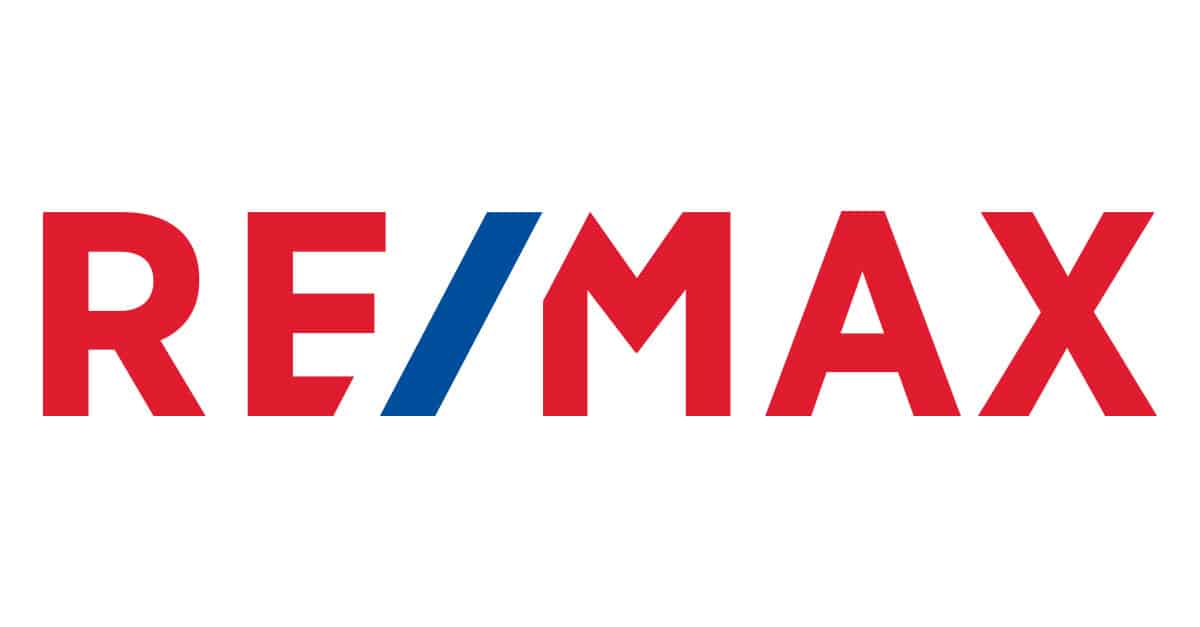Construction companies can benefit from drone services in several ways:
The specific tasks and the type of sensors and cameras used will depend on the specific needs and requirements of the construction company.





Drones equipped with cameras or lidar sensors can be used for mapping and modeling construction sites in several ways.
Drones with cameras or lidar sensors create 3D models of areas for volumetrics, allowing the calculation of object volumes.
By flying over the area and capturing images or lidar data, drones generate a 3D model processed by specialized software. This software compares object shapes in the model to a reference surface to calculate volume accurately, depending on factors like image resolution, lidar density, and drone stability.
Volumetrics serve various purposes, including measuring stockpile volumes and aiding construction projects, often combined with other data sources for enhanced precision.
Drones with cameras create immersive 360-degree tours of construction sites, aiding marketing, training, and documentation.
By flying over the site and stitching together overlapping images or video, specialized software generates seamless tours. Construction companies use these tours to showcase projects, train staff, document progress, and plan future work, offering a versatile tool for project management and communication.
